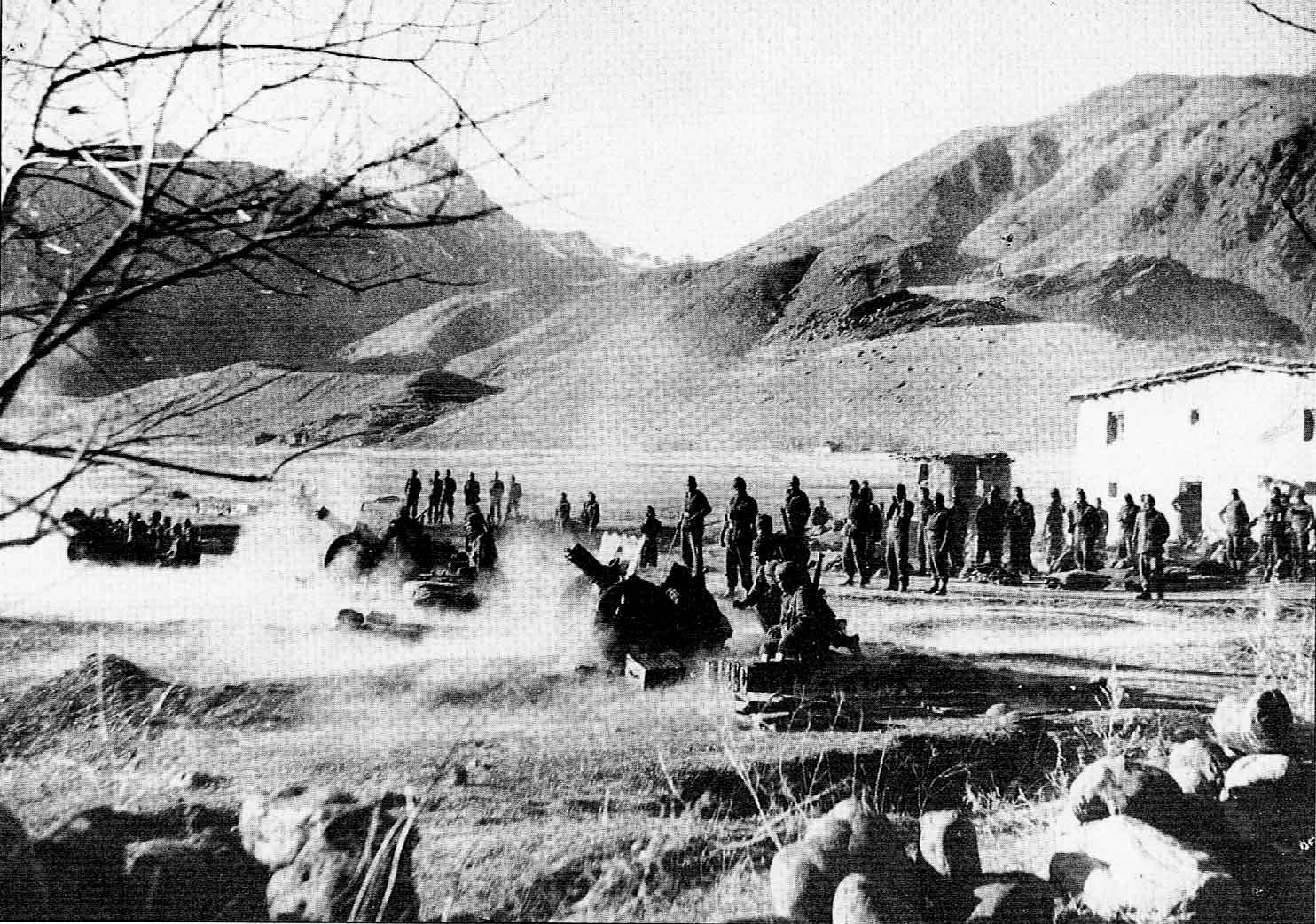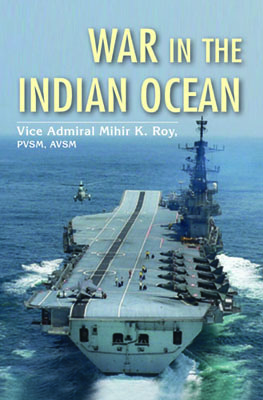
The 1962 conflict, although purely a land operation, finds mention in this section as some of the lessons of the land battle are equally applicable to India’s overall defence strategy, as also to the higher direction of war to meet the growing threats. The boast of Krishna Menon that he could alone fight the Chinese single-handed, albeit in the United Nations, proved a hollow rhetoric of which he was a pundit and ultimately Nehru sacrificed him for retaining his own position.
The Sino-Indian conflict confirmed the weakness in overall planning and direction of war which had been evident from the time of the Goa operation where the lopsided victory obliterated the weaknesses of India’s defence system. For example, the neglect to bring to bear maximum force on the adversary which in effect ‘represents an attempt to advance beyond the particular to the general’ or as one would put it ‘to understand trees by considering the wood as a whole’, cost India decisive victories. Clive had for example no hesitancy in using naval guns at the Battle of Plassey.
The Sino-Indian conflict confirmed the weakness in overall planning and direction of war which had been evident from the time of the Goa operation where the lopsided victory obliterated the weaknesses of Indias defence system.
Similarly, it was at the siege of Ladysmith in the Boer War in South Africa, in which ship guns were dragged by sailors for 240 miles over rugged territory that staved off defeat.
But the Chairman. of the Chiefs of Staff Committee who was the Army chief was allowed to make unilateral plans without consulting his colleagues regarding the role of naval or air power. For example, the Indian Air Force, which had in built advantages of location and logistics, North of the Brahmaputra, were not used to support the retreating Indian forces for fear of escalation which anyway would not have been a lesser disaster than the rout of 1962.
The noted journalist, Nikhil Chakravarti, stated at a lecture in the United Service Institution after his recent visit to China with the Vice President in 1994, that he was told in Beijing that the Chinese unilaterally withdrew from the Brahmaputra Valley as they felt too exposed to Indian air attacks. Similarly, the Indian Navy was sidelined in the 1965 conflict in spite of her enviable superiority over the Pakistan flotilla.
Britain at this juncture not only withdrew the remnants of her naval forces from the East of Suez for economic reasons but was also reluctant to remain India’s traditional supplier of naval hardware. They turned down, as we will see later, India’s modest request for one Oberon class submarine as also the supply of more up-to-date weapon systems.
“¦the Indian Navy was sidelined in the 1965 conflict in spite of her enviable superiority over the Pakistan flotilla.
In the meanwhile, several Indian Ocean colonies, such as Kenya, Tanganikya, Madagascar, Maldives and the Yemens became independent. Superpower rivalry gradually spilled into the warm link ocean connecting the Pacific and Atlantic with the United States constructing a base in Diego Garcia and the Soviets stepping up their ship-days in this strategic underbelly of superpower confrontation. In India there appeared a hesitancy to identify the responsibilities of the Navy in the expanding spectrum of maritime activities.
But the United States had no such fractured thinking and used her Navy on 77 occasions and with cost-effective results. But curiously there has been no similar wavering in deploying the Indian Army, be it in Punjab, Assam, Kashmir or North-Eastern states. One therefore cannot brush aside the collateral advantages of military power and instead rely purely on high moral values such as Panchsheel as a panacea for preventing conflicts. Deterrence and diplomacy will inevitably remain the two sides of the same coin for as Rabindranath Tagore, the Nobel Prize-winning poet stated, ‘Power has to be made secure not only against power but also against weakness.’
Admiral Sergei Gorshkov challenged US sea power in all the oceans of this planet and inevitably the cold war overflowed into the Indian Ocean with Moscow providing $ 450 million of naval aid at low interest rates to Indonesia as a consequence of Khrushev’s visit to Jakarta in 1960. This financial package included the supply of 1 cruiser, 6 destroyers, 12 Whisky class submarines, 7 frigates, 8 escort vessels, 12 Komar missile boats and other sophisticated naval hardware which encouraged Sukarno to suggest that the Indian Ocean be renamed the Indonesian Ocean.
…the Indian Navy was once again sidelined in the continuing Chaudhuri-Soman syndrome of hear no evil, speak no evil and do no evil!
Although this proposed military aid was covered by a bilateral treaty forbidding the transfer of any of these items to another country, Indonesia reneged by handing over two submarines and four missiles boats to the Pakistan Navy during the 1965 conflict. Further this expansion gave President Sukarno the muscle to propose that the Andamans and Nicobar Islands should become a part of the Indonesian Archipelago in case Pakistan waived her claim to these territories as being part of East Pakistan! So much for Nehru’s confidence in his partners of the Bandung brotherhood!
The United States which had drawn Pakistan into the SEATO (South-East Asia Treaty Organization) and CENTO (Central Treaty Organization) military alliances continued to provide Islamabad with sophisticated military hardware which in turn encouraged Pakistan to flex its muscles in the Rann of Kachchh and the Kashmir Valley during the military dictatorship of Ayub Khan and Yahya Khan. The superpowers stepped up their jockeying for clients and facilities which found willing partners in many Afro-Asian states.
The Indian naval budget was for once increased to 5.49 per cent and New Delhi looked to the Soviet Union for submarines, gas turbine propulsion, missiles and landing craft which however arrived well after the 1965 conflict but in time for the 1971 liberation war. Field Marshal Manekshaw, Admiral Narda and Air Chief Marshal Pratap Lal were a new team under the dynamic leadership of Nehru’s daughter, Indira Gandhi. It is interesting to note that the common factor in Pakistan from the Junagadh action to the liberation of Bangladesh was the Bhutto family: Sir Shah Nawaz Bhutto, Zulfiqar Bhutto and now Benazir Bhutto.
But for this family the Indian armed forces would have no ‘eternal flame to the unknown soldier’ having a place of honour in the capital of Delhi! And so we pass on to the Indo-Pak conflict of 1965 in the succeeding chapter when the Indian Navy was once again sidelined in the continuing Chaudhuri-Soman syndrome of ‘hear no evil, speak no evil and do no evil’!





